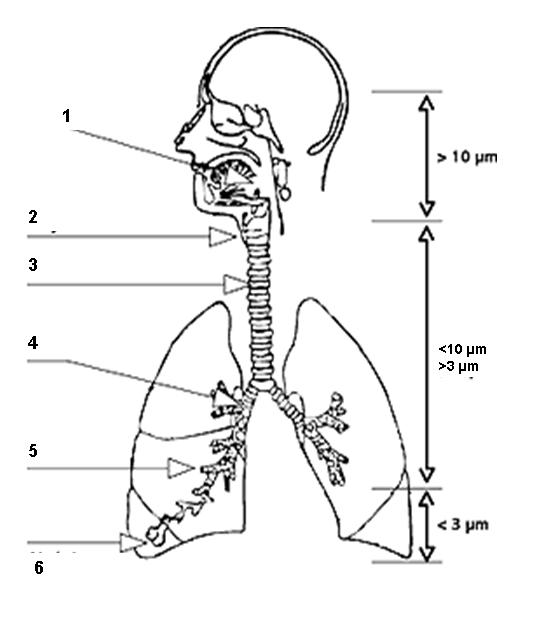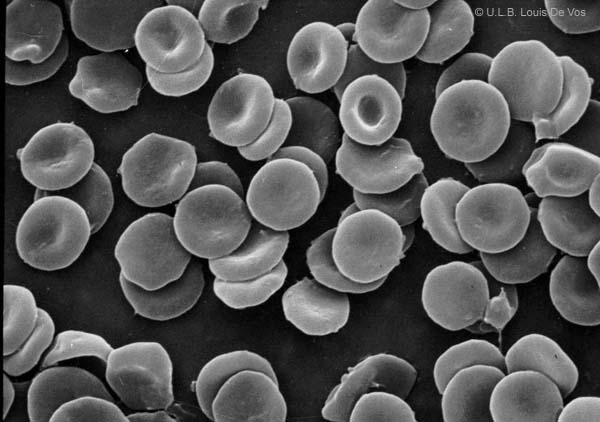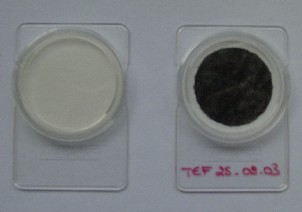 > English > Climate Encyclopaedia > Clouds and Particles > more > 2. Particles > - Particles and respiratory tract
> English > Climate Encyclopaedia > Clouds and Particles > more > 2. Particles > - Particles and respiratory tract
|
Clouds & ParticlesMore |
Particles and the respiratory tractParticles are dangerous for our health. The toxicity of particles depends on their chemical composition and their size: the finer the particle is, the deeper it penetrates into our lungs. Scientists classify particles into two different size ranges which are known as PM10 and PM2.5. |
|
“PM” stands for Particulate Matter which is another name for particles. PM10 refers to all particles which are less than 10 microns (µm) in size. PM2.5 refers to all particles less than 2.5 µm in size. The size of airborne particles is significant as this determines where in the respiratory tract the particles are deposited when we breathe them in. It also governs how the particles are cleared from our system and how quickly.
|
|
PM2.5 are responsible for causing the greatest harm to human health because they are so small. These fine particles can be inhaled deep into the lungs, reaching the 600 million pulmonary alveoli. They can cause breathing and respiratory problems, irritation, inflammation and cancer. |
|
|
Chemical compositionThe chemical composition of a particle strongly governs its toxicity. The composition determines either how the respiratory tract reacts of how the body responds. Toxic air pollutants attach themselves to airbourne particulate matter. This particulate matter is then breathed into the lungs and the toxic species are absorbed into our blood and body tissues. |
|
Pollution is a strong source of particles, especially the very small ones which pose the greatest hazard to health. A very important source of very fine particles in the urban atmosphere is diesel vehicles as these produce much finer particles than petrol cars. Work is underway to try and reduce particulate emissions from diesel engines by, for example, adding pipe filters.
|
|
About this page... |



